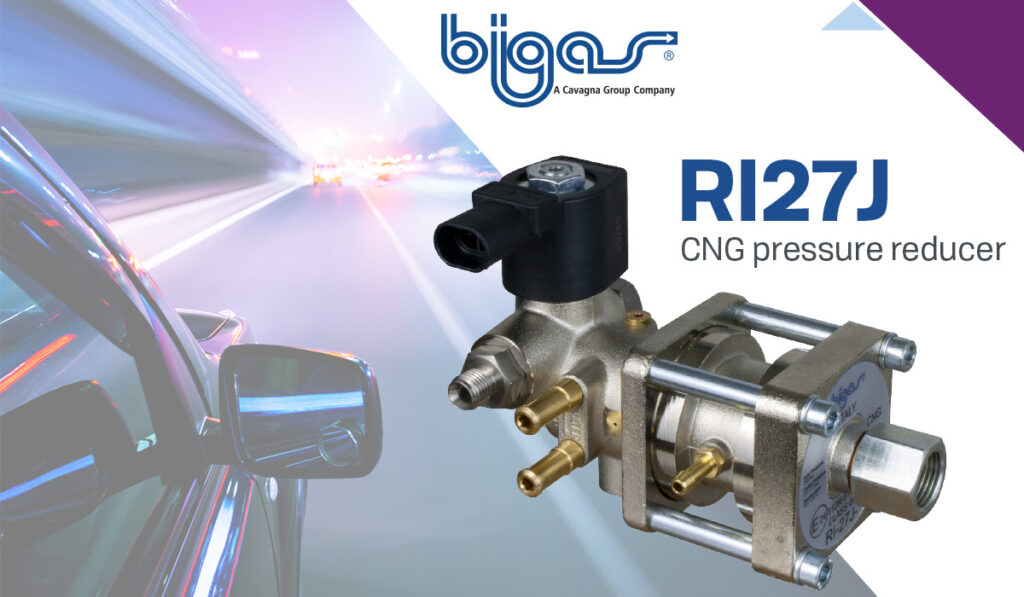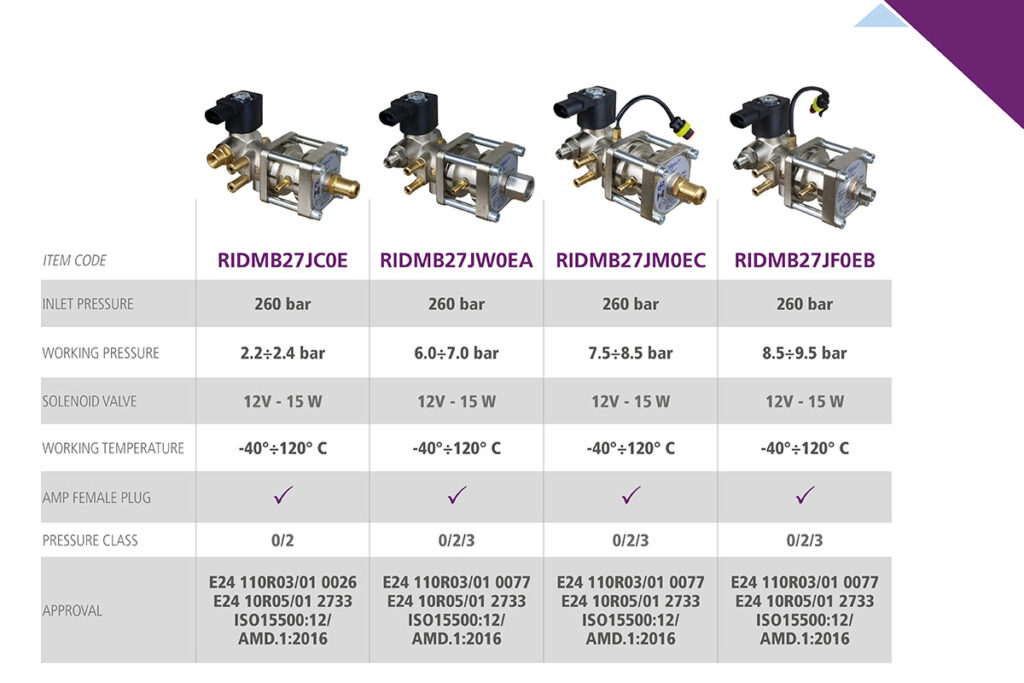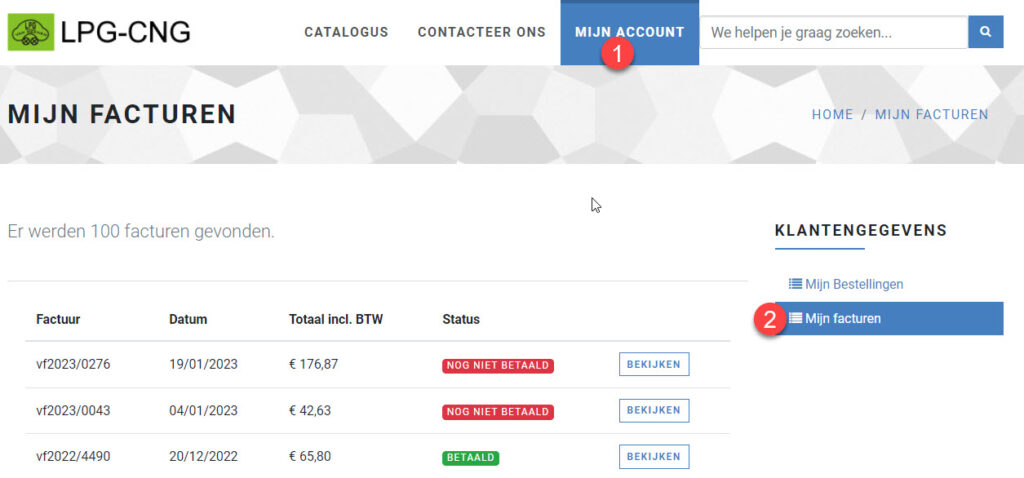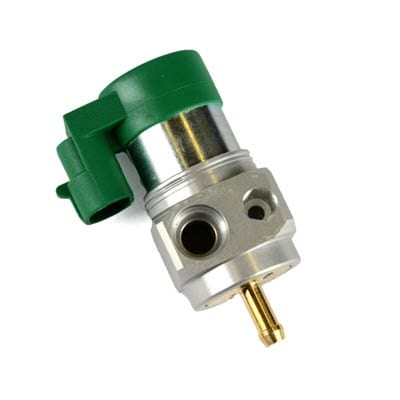LPG is a fuel that is becoming increasingly popular among drivers. It is an alternative to petrol and diesel and is increasingly seen as a cost-effective and environmentally friendly option. Here are some advantages of LPG installations:
- Low fuel costs: The main reason why many people switch to LPG is because of the low fuel costs. LPG is generally cheaper than petrol and diesel and can therefore provide significant savings in the long term.
- Environmentally friendly: LPG is a clean fuel and emits fewer harmful substances than petrol and diesel. This makes it better for the environment and can contribute to cleaner air and better air quality.
- Higher energy efficiency: LPG has higher energy efficiency than petrol and diesel, which means that more kilometers can be covered with the same amount of fuel.
- Longer engine lifespan: LPG has a higher octane value than petrol, which provides better combustion in the engine. This can extend the engine’s lifespan and reduce maintenance costs.
- Wide availability of filling stations: There are increasingly more filling stations where LPG is available, making the use of LPG more accessible.
- Meets strict safety standards: LPG installations meet strict safety standards and are regularly inspected to ensure that they remain safe and reliable.
In short, LPG is still a cost-effective and environmentally friendly fuel option. It can result in lower fuel costs, better air quality, and a longer engine lifespan. With a growing network of LPG filling stations and safe LPG installations, it may be worth considering switching to LPG.
Request an online quote here for an LPG installation in your car.
Price comparison between LPG, petrol, and CNG.
Calculation for a vehicle with a petrol engine that consumes 8 liters per 100 km.
To make a cost comparison for a car that consumes 8 liters of petrol per 100 km, we need to calculate the total fuel costs per 100 km for each of the three fuels: petrol, LPG, and CNG.
For petrol, the price is 1.845 euros per liter. To calculate the cost per 100 km, we multiply the consumption per 100 km (8 liters) by the price per liter (1.845 euros):
8 liters x 1.845 euros/liter = 14.76 euros per 100 km.
For LPG, you consume 15% more than on petrol, so the consumption per 100 km will be 1.15 x 8 liters = 9.2 liters. The price of LPG is 0.7140 euros per liter. So the cost per 100 km for LPG is:
9.2 liters x 0.7140 euros/liter = 6.5808 euros per 100 km.
For CNG, you consume 40% less than on petrol, so the consumption per 100 km is 0.6 x 8 liters = 4.8 kg. The price of CNG is 1.935 euros per kg. So the cost per 100 km for CNG is:
4.8 kg x 1.935 euros/kg = 9.288 euros per 100 km.
So the total fuel costs per 100 km are:
- Petrol: 14.76 euros
- CNG: 9.288 euros
- LPG: 6.5808 euros
Based on this calculation, LPG is the most cost-effective option for this car.
For the prices in the calculation, I took into account the maximum prices of gasoline and LPG on the date of 05/04/2023, for CNG I used the price of DATS24 in Eeklo on 05/04/2023. The calculation does not take into account a portion of gasoline consumption during driving on gas.











